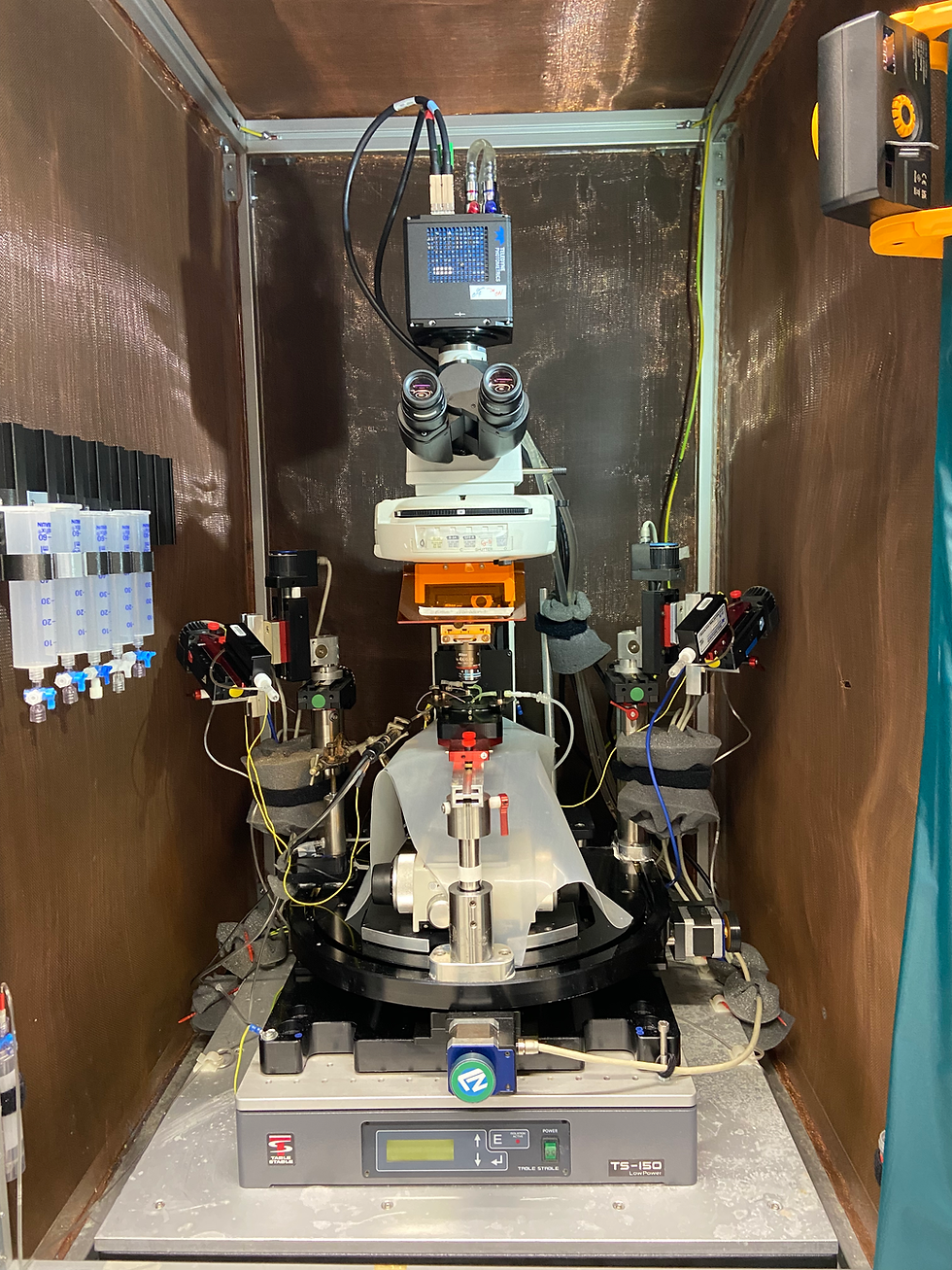"Human-like", or Gestalt, for next generation AI?
- Naoki Kogo
- Jul 10, 2021
- 2 min read
Updated: Apr 13, 2024
Here is what I wrote in the introduction of one of the grant applications I submitted.
"Rafael Yuste wrote, “(Ensembles of neurons) generate emergent functional states that (…) cannot be identified by studying one neuron at a time”(1). In other words, dynamic interactions among populations of neurons result in emergent properties that cannot be explained by a simple sum of individual neurons’ activity. This notion is extremely important today. Recent advancements in Artificial Intelligence (AI) technology(2) has shown that it can perform many tasks at equal or even higher performance level than humans. However, one aspect of the human brain is proven to be difficult for AI to fully replicate: the context-sensitivity of cognitive functions (e.g. Google Translate often fails to capture the context of original sentences). Through the history of vision science, it has become clear that many fundamental brain functions such as detection of color of an object and 3D structure of a surrounding environment, are dependent on the context. In fact, the context-sensitivity is what makes the brain “human-like”. It has been suggested that large-scale, population level neural dynamics, such as global oscillatory patterns and feedback signal processing in hierarchical organizations are involved in the emergence of the context-sensitivities. Without investigating such population level dynamics, it is not possible to fully capture the mechanisms underlying brain functions, and it is not possible for AI to reproduce human-like properties.
Today, we face technical limitations preventing us from addressing this issue adequately. Traditional electrophysiological techniques for investigating intracellular signals have a limit of the number of neurons to record simultaneously. Not only in order to progress our understandings of brain functions, but also to advance technologies for next generation AI, therefore, a tool that enables us to thoroughly investigate population level neural dynamics is urgently needed."
In short, there are two points here.
(1) The emergent, Gestalt-like, properties of brain functions make human brain work like human. This requires finding non-mathematical solutions even though it causes a trade-off of the solutions being subjective (and hence we see illusions).
(2) Investigation of population-level neural dynamics is essential to understand the emergent properties. This will provide a key information for the next generation AI to behave more human-like.
This means we are in an exciting time where perception research, neuroscience research, and AI research can dynamically interact to progress our knowledge/technology.
A question is, who is so open-minded and has such a global view to lead the science in this direction?
1. Yuste, R. From the neuron doctrine to neural networks. Nat. Rev. Neurosci. 16, 487–497 (2015).
2. Serre, T. Deep Learning: The Good, the Bad, and the Ugly. Annual Review of Vision Science 5, 399–426 (2019).






Comments